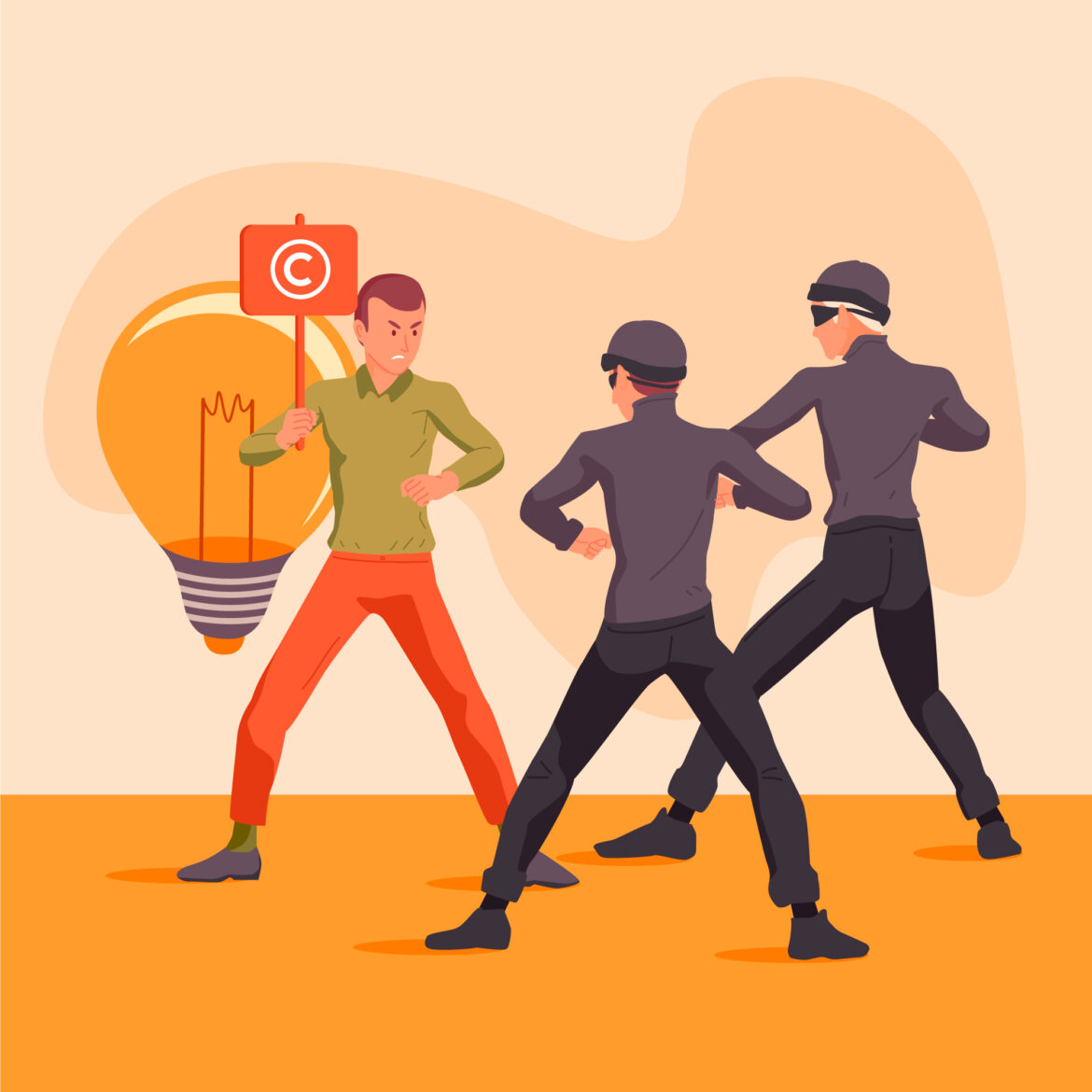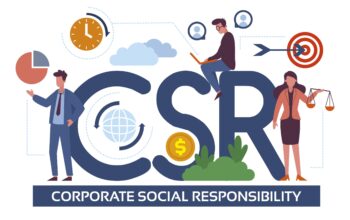Combatting Mob Lynching: Legal Strategies for Justice
Introduction
Let’s dive into a pretty intense topic that’s been raising eyebrows worldwide—mob lynching and how it fits into the legal system. It’s a grim reality, but understanding this issue is crucial if we want to address it effectively and uphold justice and human rights. So, let’s break it down!
What on Earth is Mob Lynching, you ask? Well, it’s a terrifying form of violence where a bunch of people gang up on someone they suspect of wrongdoing, without any legal process. And believe me, it gets brutal. We’re talking about assaults, torture, and, in some cases, even fatalities. The motives behind mob lynching can range from blind rage and prejudice to seeking vigilante justice. It’s happened in various contexts, like communal tensions, religious fanaticism, caste-based violence, and even social media-driven rumors. Ugh, it’s tough to stomach.
The reasons behind mob lynching are pretty messed up. Some of it comes from deeply-rooted social and cultural biases. It’s like these prejudices set the stage for violence to unfold. Another factor is a lack of trust in the legal system, making people think that they have to take matters into their own hands. And let’s not forget how rumors and fake news spread like wildfire on social media, often triggering mob violence based on unverified claims. Sadly, some politicians play a part too, using mob violence to push their own agendas.
Now, here’s the real kicker—mob lynching tramples all over human rights. Everyone has the right to life and dignity, but mob violence says, “Nah, we don’t care about that.” And the right to a fair trial? Forget about it! Victims of mob lynching don’t even get a chance at due process or being presumed innocent until proven guilty. Plus, religious and communal-based mob attacks? They seriously infringe on the freedom of religion and belief.
So, how’s the legal system handling this nightmare? Well, there are some hurdles to overcome. One of the big challenges is actually defining mob lynching. It’s not always easy to pin down what it entails. And trying to identify the culprits? Good luck! Mobs act as a collective, making it tough to hold specific individuals accountable. Not to mention, sometimes, even the authorities seem to turn a blind eye, which raises serious questions about accountability.
But it’s not all doom and gloom. Some countries are taking action by implementing or updating laws to address mob lynching, and they’re coming down hard on the perpetrators. Special courts for speedy trials are popping up too. That’s a step in the right direction! Also, educating the public about the consequences of mob lynching and the importance of respecting the rule of law can go a long way in preventing these horrific incidents.
We can’t forget the role of the media and social media either. Responsible reporting and fact-checking are crucial in preventing the spread of misinformation that fuels mob lynching. And social media platforms need to step up and monitor hate speech and incitement to violence, which can contribute to mob attacks.
To wrap it up, mob lynching is a serious violation of human rights and poses a significant threat to the rule of law. It’s time we confront the cultural, social, and political factors that fuel this nightmare. By doing that, we can work towards a more just and humane world where everyone’s right to life and dignity is protected, and the legal system becomes a safeguard against violence and prejudice. Let’s join hands in making that happen!
Mob lynching is a grave threat to human rights and the rule of law. Its prevalence underscores the urgent need for comprehensive legal measures, public awareness campaigns, and social reforms to address the root causes of this menace. By acknowledging and confronting the complex interplay of cultural, social, and political factors that contribute to mob lynching, societies can pave the way for a more just and humane future, where every individual’s right to life and dignity is protected, and the legal system serves as a bulwark against violence and prejudice.
Table of Contents
Some real facts and figures related to mob lynching:
WhatsApp Rumors in India
In 2018, a series of mob lynching incidents occurred in different parts of India, fueled by rumors spread through the popular messaging app WhatsApp. The misinformation primarily targeted innocent people from marginalized communities, leading to violent attacks by mobs.
A. India’s Mob Lynching Incidents
India has seen a surge in mob lynching incidents in recent years. According to a report by IndiaSpend, there were 97 reported incidents of mob lynching in the country between 2012 and 2019. These incidents resulted in the deaths of 218 people and left thousands injured.
Lynching Incidents in Brazil
Brazil has also witnessed an alarming increase in mob lynching incidents. According to Human Rights Watch, in 2017, there were at least 4,224 lynchings in the country, with an average of one lynching death every two days. These incidents are often linked to social issues, such as crime, corruption, and a lack of faith in the formal legal system.
Hate Crimes and Lynching in the United States
The United States has faced numerous incidents of hate-motivated violence, including mob lynching, particularly targeting African Americans. The Equal Justice Initiative documented over 4,400 racial terror lynchings in the U.S. between 1877 and 1950.
Lynching in Nigeria
In Nigeria, mob violence and lynching incidents have been reported in response to various allegations, including theft, blasphemy, and witchcraft accusations. Human Rights Watch documented dozens of cases of mob violence and lynching in Nigeria between 2018 and 2019.
The Roots of Mob Lynching
In this section, we will explore the factors that contribute to the emergence of mob lynching incidents. These factors may include social prejudices, religious tensions, economic disparities, and failures in law enforcement.
Consequences of Assassinating
Discussing the harrowing aftermath of mob lynching is crucial to shed light on the pain and suffering it inflicts on victims’ families, communities, and the overall social fabric. The consequences range from loss of innocent lives to the erosion of trust in the legal system and institutions.
Understanding the Psychology of Mob Mentality
Understanding the psychology behind mob mentality is essential to comprehend why ordinary individuals might participate in such heinous acts. We will delve into group dynamics, deindividuation, and the role of social media in fueling mob behavior.
Legal Challenges and Impunity
This section will highlight the legal challenges in prosecuting those involved in mob lynching. Often, the perpetrators exploit loopholes in the legal system or benefit from a lack of evidence or witnesses, leading to a sense of impunity.
Societal Responsibility and Awareness
Raising awareness about the consequences of mob lynching and promoting tolerance, respect, and empathy are crucial steps toward eradicating this menace from society. This section will discuss the importance of collective responsibility and the role of educational institutions and media in fostering a culture of non-violence.
Role of Law Enforcement and Justice System
An effective and unbiased law enforcement system is vital in preventing and addressing mob lynching incidents. This section will explore ways to improve police responsiveness and ensure timely justice for victims and their families.
Community Engagement and Restorative Justice
Restorative justice practices can play a significant role in healing communities affected by mob lynching. We will discuss the importance of community engagement, dialogue, and reconciliation in the process of healing and rebuilding trust.
Conclusion:
Mob lynching represents a dark chapter in human history, but it is a challenge that can be overcome through collective efforts. By understanding the root causes, consequences, and the psychology behind mob violence, we can create a more compassionate and just society. Together, we must stand against mob lynching and promote empathy, tolerance, and respect for every individual.
FAQ’s
Q1: What is mob lynching?
A1: Mob lynching is a horrifying form of violence where a group of people takes the law into their own hands. They target someone they believe is guilty of something, without waiting for a fair trial or anything like that. It’s brutal and scary stuff.
Q2: Why do people get all crazy and start mob lynching?
A2: Oh, there are various reasons behind this madness. Sometimes, it’s because of deep-rooted biases in society. Other times, folks lose faith in the regular legal system, and they think they have to dish out their version of justice. Plus, social media rumors can turn a spark into a full-blown fire.
Q3: How does mob lynching violate human rights?
A3: It’s like a major human rights violation. The victims are denied the right to life and dignity, and forget about a fair trial! They’re just thrown to the wolves, so to speak. It’s a direct attack on basic human rights.
Q4: Is it tough to tackle this mob lynching problem?
A4: First, it’s not always easy to legally define mob lynching. Then, identifying the culprits in a chaotic mob scene is like finding a needle in a haystack. Plus, sometimes even the authorities don’t do enough, which is frustrating.
Q5: How is the legal system responding to mob lynching?
A5: Yup, some countries are stepping up their game. They’ve updated laws to deal with mob lynching and even set up special courts for quick trials. Tougher penalties are on the table to discourage these acts.
Q6: Are there any international initiatives to combat mob lynching?
A6: Absolutely! International human rights conventions like the Universal Declaration of Human Rights and the International Covenant on Civil and Political Rights set the standards for dealing with mob lynching worldwide.
Q7: How does social media contribute to mob lynching incidents?
A7: Oh, social media can be both a blessing and a curse. It spreads rumors and misinformation like wildfire, which can trigger public outrage and lead to mob violence. Responsible usage and fact-checking are crucial to avoid falling into this trap.
Q8: Can the media help stop mob lynching?
A8: For sure! Responsible reporting, avoiding sensationalism, and fact-checking can help prevent the spread of misinformation that fuels mob lynching. Media can play a role in promoting awareness and respect for the rule of law.
Q9: Can we do something to tackle this issue personally?
A9: Absolutely! We can promote tolerance, respect for human rights, and the importance of a fair legal system within our communities. Reporting hate speech and suspicious activities can make a difference.
Q10: How can society as a whole address this problem?
A10: It’s a team effort! Public awareness campaigns, community dialogues, and educational initiatives all play a part. Empowering marginalized communities, addressing social prejudices, and building trust in the legal system are key steps.
Q11: What is the punishment for lynching in India?
A11: As of my last update in September 2021, India does not have a specific law addressing lynching as a separate criminal offense. Instead, acts of lynching fall under various existing provisions of the Indian Penal Code (IPC) and can be prosecuted based on the nature of the crime committed.
For instance, if a lynching incident involves murder, the perpetrators can be charged under Section 302 (Punishment for murder) of the IPC, which prescribes the death penalty or life imprisonment.
In cases where lynching results in causing grievous hurt to the victim, the offenders can be charged under Section 326 (Voluntarily causing grievous hurt by dangerous weapons or means) of the IPC, which may lead to imprisonment up to life or a term which may extend to ten years.
Read more: 10 Reasons why criminal justice delay
For a consultation or any assistance related to Corporate Law like merger and acquisition, expansion of business, employment, and labour law and law associated with the corporate.
Connect with Adv. Anupam Agarwal. Adv. Anupam Agarwal who has quite 18 years of experience in variabilities of Corporate law.
- 1 August 2023
- Written By Archana Hayaran
- Associate Client Relationship
- Review By: Advocate Anupam Agrawal




